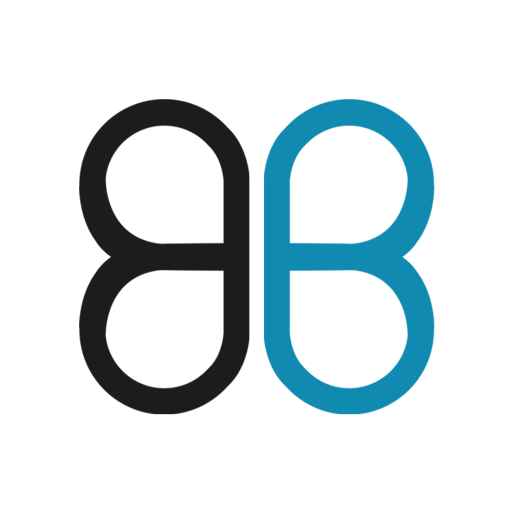The Boeing X 37B Model Orbital Test Vehicle (OTV) has captivated the imagination of space enthusiasts for over a decade. This robotic spaceplane, filled in secrecy, has an impressive track record: enduring long-duration orbital missions, accumulating billions of space miles, and serving as a platform for diverse experiments.
X 37B Model Breaking Records in Orbit
The X-37B’s latest mission, completed in November 2023, confirms its status as an endurance champion. The spaceplane spent a remarkable 908 days, roughly 2.5 years, circling Earth before landing at NASA’s Kennedy Space Center. This success adds to the X-37B’s legacy – across seven missions, it has traveled over 1.3 billion miles and spent ten years in space.
Launching with SpaceX’s Falcon Heavy
While the nature of the X-37B’s missions remains classified, some details are known. The spaceplane primarily functions as a test bed for various technologies. According to Boeing, it conducts experiments on behalf of government and industry partners, with the unique ability to return these experiments complete for further analysis on Earth.
Mission 7 marked a notable shift in launch vehicles. Traditionally, the X-37B relied on Atlas V rockets. However, for its most recent mission, it went into space on top of a SpaceX Falcon Heavy rocket – the most powerful operational launch vehicle in the world right now. This collaboration between Boeing and SpaceX, two aerospace industry giants, could signify fundamental future partnerships.
Capabilities of X 37B Model
Former US Air Force Secretary Heather Wilson acknowledged the X-37B’s potential for classified missions beyond its role as a research platform. While details remain under wraps, some insights have emerged regarding the X-37B’s unique capabilities.
The spaceplane’s payload bay can house a variety of experiments. Past missions have included:
- NASA experiments: Assessed long-term space exposure’s effects on various materials and seeds essential for future space missions.
- US Air Force Academy satellite: This satellite, designed and built by cadets, demonstrates the program’s ability to deploy satellites.
- Naval Research Lab solar energy test: This experiment explored the feasibility of solar energy collection in space.
Another key feature of the X-37B is its reusability. This robotic spacecraft can re-enter Earth’s atmosphere at speeds exceeding Mach 25, roughly 25 times the speed of sound. This remarkable achievement allows for controlled landings at designated airfields, similar to past Space Shuttle missions.
Public Curiosity and the Debate for Transparency
The veil of secrecy surrounding the X-37B’s missions fuels public curiosity. Numerous speculations regarding potential military applications, with some suggesting the spaceplane might be used for surveillance or weapons testing. However, Boeing and the US Air Force have maintained a tight grip on mission details, citing national security concerns.
This secrecy has sparked a new debate. Transparency advocates argue that disclosing more information about the X-37B program could promote public trust and shed light on the program’s true objectives. They believe a balance can be struck between national security and public awareness.
The Future of the X-37B Program
The Boeing X 37B Model stands as a testament to human ingenuity. This reusable space plane has pushed the boundaries of space exploration by enabling extended-duration missions and hosting diverse experiments. While the program’s true purpose remains partially classified, the X-37B undoubtedly plays a significant role in space research and technological development. As the program progresses, it will be interesting to see if the veil of secrecy surrounding the X-37B’s missions is ever lifted. Future advancements may allow for more transparency while safeguarding national security concerns.



